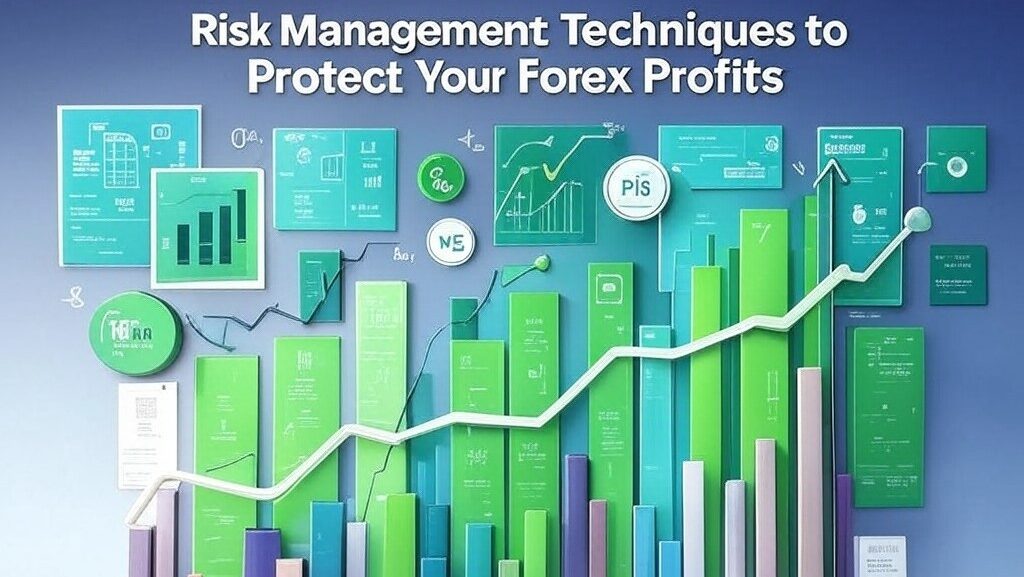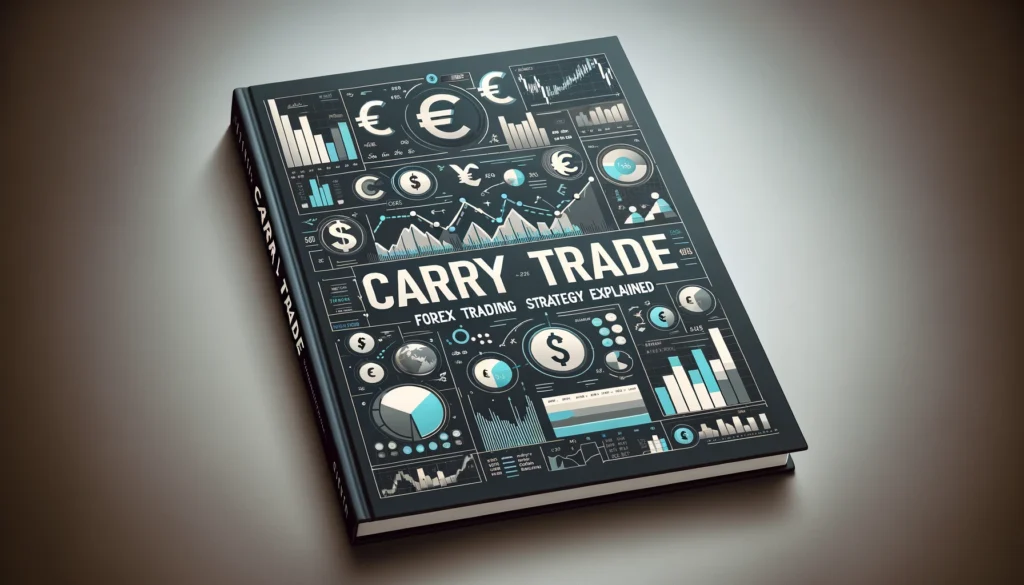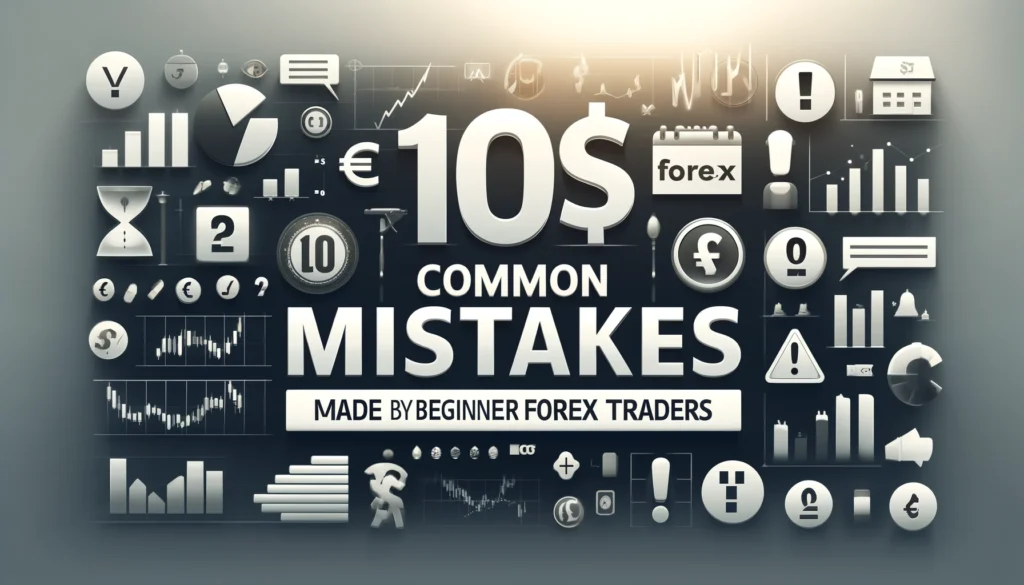Forex trading is a complex and dynamic field that requires continuous learning and adaptation. Whether you are a beginner or an experienced trader, reading insightful books about forex trading can enhance your knowledge and trading skills. Here are ten interesting books about forex that can provide you with valuable insights […]
Volatility
Bitcoin halving is a significant event in the cryptocurrency world. It occurs approximately every four years and results in the reduction of the reward for mining new blocks by half. This event has profound effects on the cryptocurrency market, and its impact is also felt in the forex markets. This […]
Forex limit orders are a fundamental tool in a trader’s arsenal, allowing for precise control over trade entry and exit points. Understanding how to use limit orders effectively can enhance your trading strategy and help manage risk. In this article, we will explore what forex limit orders are, how they […]
Effective risk management is crucial for protecting your profits and ensuring long-term success in forex trading. Implementing robust risk management techniques helps mitigate potential losses and preserve capital. 1. Use Stop-Loss Orders A stop-loss order automatically closes a trade at a predetermined price, limiting your losses if the market moves […]
Cryptocurrency regulation has become a hot topic in recent years as governments worldwide grapple with the rapid rise of digital currencies. Understanding how these regulations affect the broader financial markets, including forex trading, is crucial for traders and investors. What is Cryptocurrency Regulation? Cryptocurrency regulation involves the implementation of laws […]
The carry trade is a popular forex trading strategy that involves borrowing funds in a currency with a low-interest rate and investing them in a currency with a higher interest rate. This strategy aims to profit from the interest rate differential between the two currencies, in addition to any capital […]
Penny stocks are a unique segment of the stock market, characterized by their low price and high volatility. Trading in penny stocks can be both exciting and risky, offering the potential for significant gains but also the possibility of substantial losses. This article provides a comprehensive guide to penny stocks […]
Entering the world of forex trading can be thrilling, but it also comes with its share of challenges. Many beginner traders often fall into the same traps, which can be detrimental to their success. To help you avoid these pitfalls, here are ten common mistakes made by beginner forex traders […]
Non-Farm Payrolls (NFP) is one of the most significant economic indicators in the United States, providing critical insights into the health of the country’s labor market. Released monthly by the U.S. Bureau of Labor Statistics (BLS), the NFP report excludes farm workers, private household employees, and nonprofit organization employees. This […]
Understanding the forex market hours is crucial for any trader looking to maximize their trading potential. The forex market operates 24 hours a day, five days a week, providing ample opportunities for trading. However, knowing when to trade can significantly impact your success. In this article, we will explain forex […]










